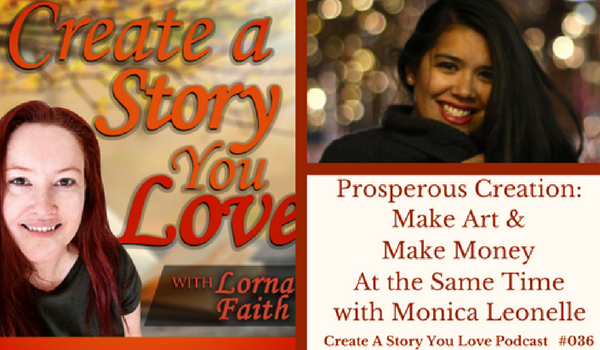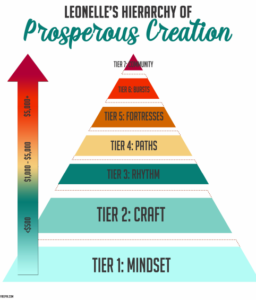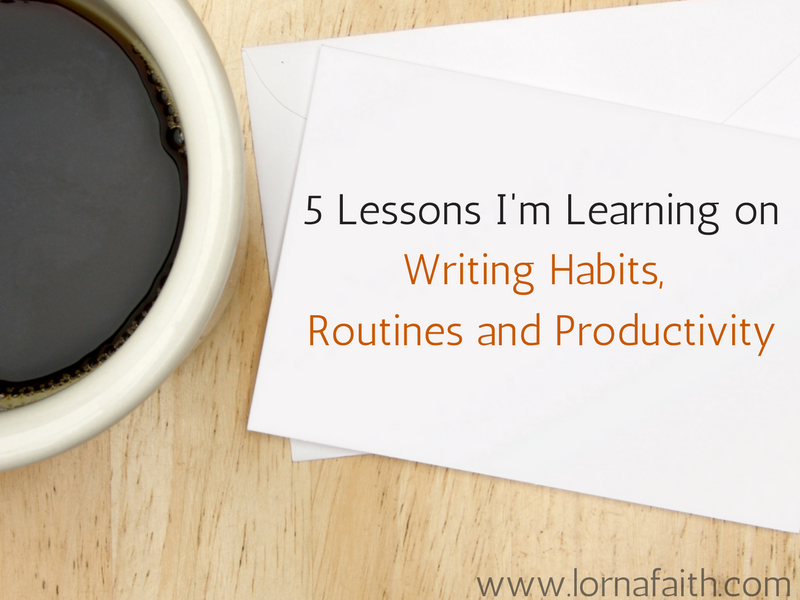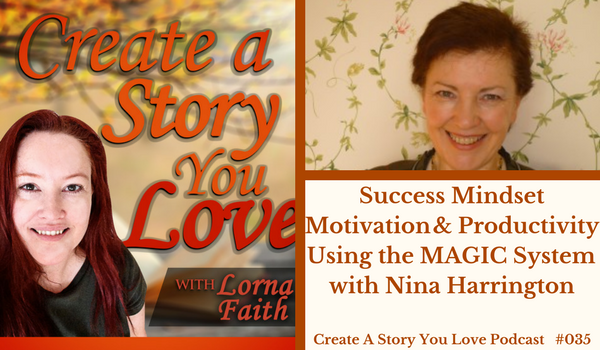Have you ever wondered how Suzanne Collins kept track of the different characters and settings for each of the three books in the Hunger Games series? Or how about popular contemporary romance authors like Barbara Freethy, Bella Andre or Marie Force in their five to seven(or more) romance series and family sagas?
The answer is a series bible. This is a map – often a blank piece of paper, poster board or even pages that you keep organized in a binder – that includes everything from character descriptions, settings, family trees, daily and yearly timelines, world building, culture, politics/religion, backstories on each character(friends, enemies, hurt and pain, personalities, what caused their big wound, motivations and goals, etc.) locations, symbols, music and samples of the way certain characters speak(and you can include a lot more details).
It takes a little bit of time to put together – as I’m finding out with my romance series – but it really does help so that you don’t have to go flipping through pages of what you’ve written, to try to remember how to describe Aunt Jo or what the island looks like and the location of the streets and coffee shops where your characters hang out.
I came up with my own version of how I’ve been doing my own series bible, but of course each writer has their own unique way of keep track of the details in their series – so do what works best for you 😉

Steps to Create Your Series Bible
I’ve been in the process of making a series bible for my new Middle Grade Adventure Series. I’ve fleshed out the first book in that series… but this first book and series is perhaps a little easier, since this series is based on the true story of my large family(13 people) as we pioneered land in the Canadian North. You can read about the story summary for the first book in that middle grade fiction series here.
Today, I thought I’d share the simple process I’ve been working on to create my series bible for my clean romance series. Update in 2023: This series was written under my pen name and is now finished. You can read more about it HERE.
Step 1: Choose different colours for each book in the series. Each book you write in the series gets a colour. When you first start working on your series bible, this will look strange, since almost everything at the start will be one colour as you work on the first book. But no worries, everything will work out as you go on.
Here’s an example: Book 1, Book 2, Book 3, Book 4, Book 5, etc.
If it helps, you can keep this key at the beginning of your series bible.
Want to Learn How to Brainstorm 7 Steps to Nail Down Your Novel Before You Begin Writing?
Step 2: Decide on a System to help organize the details. If you have a short series – like three books – you might be able to organize everything on a Word doc if you like. But if your series is fairly long and complicated, you might consider putting all the details in it’s own section in something like Scrivener, Evernote, or you could try doing it the old school method of giving each book it’s own section in a large binder. Or drawing it all out on a Poster Board might be fun too!
Step 3: Character Descriptions. Since every novel has characters, this will be a common section in a writer’s series bible. Of course the types of sections you will include in your series bible, will depend on what genre you’re writing. For example: If you’re writing Science Fiction, you’ll most likely want to include world building, culture, politics, religions, languages, etc.
In Character descriptions section, more than likely you’ll find it important to keep track of: ages, physical descriptions, quirks, traits, likes and dislikes, birthdays, possibly music they like, and any other personal details that you write about once, but may need to reference again in future books. For a bigger character cast, it might help to divide this into two sections: main characters and secondary characters.
Just include the things you know about your characters as you start writing the books. It goes without saying that you won’t know everything about all your characters yet, because you haven’t written those books yet. So as you’re writing the story, every time a character reveals herself/himself to you, click over to your series bible and copy and paste in that specific detail, using the appropriate colour of that book. For your main characters, much of this will happen in Book 1. But for minor characters, it might take longer for you to know more of their details.
By using colour coding, it will help you remember when specific details were first mentioned.
For example:
ELLA
Long wavy strawberry blonde hair; Blue eyes; freckles across her cheeks and nose; drops things or trips when she’s nervous; drinks her green tea every morning; talks to all her animal friends – but talks the most to her golden retriever, Ginger; runs the shelter and expands the organic garden.
(Remember the book colour codes: Book 1, Book 2, Book 3, Book 4, Book 5, etc)
Step 4: Setting Details. Write down where your story is located. Write down your ideas of possible places here: a small town, island, a planet in outer space, house in town or farm, dungeon, subway station, coffee shop, organic garden, fallout shelter… basically wherever your characters hang out. This part of the series bible is where you’ll keep track of the details of those locations for each book.
I find it helps to keep things colour coded, to help you remember when you’ve added specific details. For example: Ella’s organic garden, bed and breakfast, Cinder Lane, Adam starts building Stevenson’s fallout shelter, created Stevenson BeSafe ran by Adam’s brother Nick, Adams’s brother Lucas finds Emma and helps her believe in herself, etc.
(Remember the book colour codes: Book 1, Book 2, Book 3, Book 4, Book 5, etc)
Step 5: Timeline character’s lives and events. Some authors have extensive timelines with pages filled with when events happen in their books, other authors prefer to keep it to bare minimums. If you’re more of a minimalist, it works to just jot down notes of how long each book is, along with moments in your characters lives.
For example: Book 1: Four weeks, starting with the day her stepmother marries the wealthy businessman with the mean and manipulative son. Book 2: Two weeks, beginning when the shelter is finished and Nick rescues Mila from being sold as a slave in the sex trade. Book 3: Six weeks, beginning with Mila’s rescue and when Lucas finds Emma in hiding, etc.
(Remember the book colour codes: Book 1, Book 2, Book 3, Book 4, Book 5, etc)
Step 6: Backstory of Characters. This is a place that’s near and dear to my heart! I really need to info-dump as I’m writing about my characters and their situations. So, since I can’t write all the backstory I really want to in the first draft, it’s really great to have a place where I can keep track of each character’s history. Like the story of their archenemy, how the main character’s parents met, how the main character’s parents died, what happened that the heroine started to live this shabby existence, what is the story behind why the hero feels this great need to protect the heroine, why is the culture interested in only these types of citizens, and treats other citizens badly?, etc.
Even if it’s a detail that seems unimportant, write it down. You never know if or when it’ll pop up later on.
Step 7: Consistency with Your Style. Here’s where you as the author get to decide if you’ll be writing email or e-mail; okay or OK? If your character mentions book titles, are they written in italics or are the book titles in quotes? The important thing is to stay consistent throughout your book series.
Step 8: Other possible sections in your series bible. If you’re writing fantasy, science fiction or a story with paranormal elements, create sections to keep track of details like: special powers or abilities each character has(can dissolve their body; can mind-read; is super strong, etc), or what the culture and their world is like; also you’ll want special notes on unique characters who aren’t human, etc.
Also, if some of your characters speak unique languages, you’ll want to keep track of the words they use.
The most important thing to remember is that your series bible is only for you. It’ll help you to remember to which book in your series you’ve added what character, what place, what languages each character speaks, etc.
These details are important, because readers pick up on little details that are out of place… and it pulls them out of the story. So, taking a few moments to write down all those details, has long term benefits. I’ve found that as I’ve been writing down these details, it has been amazingly helpful.
How do you keep track of the details for your book series? I’d love to hear your ideas and thoughts in the comments… we can learn from each other 😉

 In the intro, I talk about how I’ve struggled to stay consistent with word count, and how writing down my 10 goals(for this year) in a notebook everyday has been helpful.
In the intro, I talk about how I’ve struggled to stay consistent with word count, and how writing down my 10 goals(for this year) in a notebook everyday has been helpful.

 Craft: knowing how to create a book whether it’s nonfiction or fiction.
Craft: knowing how to create a book whether it’s nonfiction or fiction.


 In the intro, I talk about how I’ve had a few breakthroughs as I’ve been digging down to the nitty gritty of storytelling structure and emotional resonance with my characters. It’s been so interesting!
In the intro, I talk about how I’ve had a few breakthroughs as I’ve been digging down to the nitty gritty of storytelling structure and emotional resonance with my characters. It’s been so interesting! ton
ton

